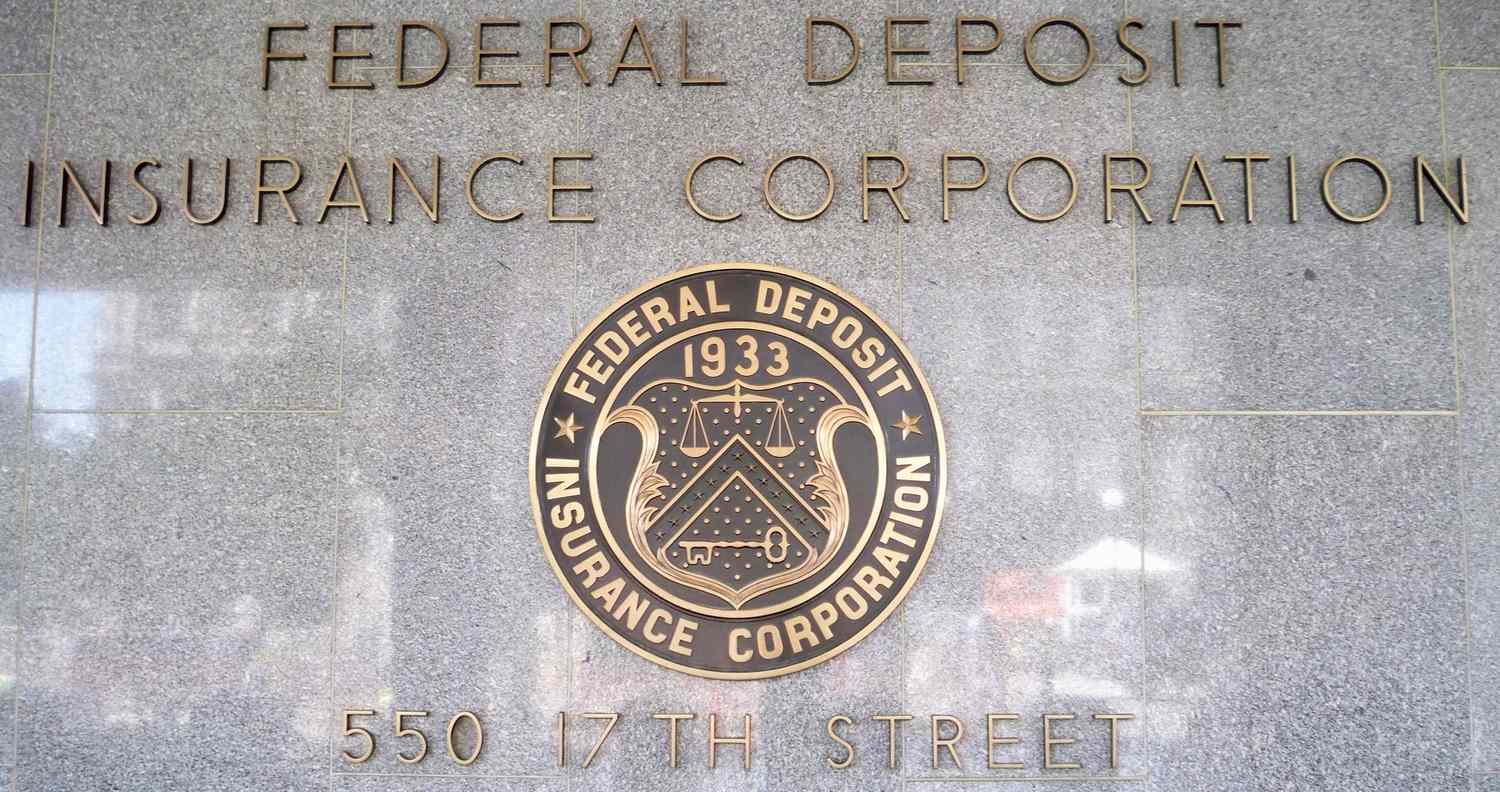
The financial world is abuzz with discussions about the Federal Deposit Insurance Corporation’s (FDIC) proposed rollback on brokered deposits regulation. This shift revisits a framework established in 1989, sparking debate over its relevance in today’s fintech-driven financial landscape. As technology continues to transform banking operations and consumer behavior, is reverting to older definitions the right approach?
In this post, we break down the implications of these regulatory changes, examining their potential impact on banks, fintech companies, and consumers.
Understanding Brokered Deposits Regulation
Brokered deposits have long been a focal point in banking regulation. These deposits, intermediated by a third party, are often associated with higher risks due to their perceived instability during financial stress. The 1989 rule aimed to safeguard the banking system by categorizing brokered deposits as riskier assets.
Why the 1989 Framework Falls Short
Fast forward to today, and the financial ecosystem has undergone a seismic shift. Technological advancements like mobile banking, fintech partnerships, and real-time payment systems have redefined how consumers interact with their banks. These innovations make the 1989 framework feel outdated, failing to capture the nuances of modern deposit behavior.
For instance, tools like automatic account transfers and app-based banking have made money more mobile, creating a world where all deposits might be considered “hot” money. Revisiting these regulations through a 1989 lens risks oversimplifying a complex landscape.
The FDIC’s Proposal: A Step Backwards?
In its proposed rule, the FDIC seeks to roll back modernized definitions of brokered deposits established in 2020. Critics argue that this move prioritizes historical risk assumptions over data-driven insights.
Challenges with the Proposed Rollback
- Lack of Data-Driven Analysis: Critics highlight the absence of robust data supporting the rollback. Understanding how fintech-driven deposits behave requires nuanced metrics, not blanket assumptions.
- Increased Stigma: Labeling more deposits as “brokered” could stigmatize banks that rely on fintech partnerships. This stigma may deter innovation, forcing banks to revert to traditional methods that no longer align with consumer expectations.
- Operational Complexity: Rolling back modern definitions creates challenges for banking-as-a-service (BaaS) models. Fintech partnerships often involve dynamic deposit structures, which are harder to manage under rigid brokered deposit rules.
Why Modernization Matters
Rather than reverting to old rules, regulators should focus on modernizing deposit frameworks to reflect today’s realities.
The Need for Nuance
Not all brokered deposits are created equal. Some, like those facilitated by fintech partnerships, exhibit strong customer retention and lower churn rates. Lumping these deposits into a risk-heavy category oversimplifies their behavior, undermining their value to the financial ecosystem.
The Role of Technology
Technology has redefined deposit dynamics. Fintech-driven accounts often incorporate features like automated savings and rate optimization, creating a stickier deposit base. Regulators must account for these innovations rather than dismissing them as risks.
The Consumer Perspective
For consumers, the proposed rollback could result in unintended consequences. As banks face higher regulatory burdens for fintech-driven deposits, they may pass these costs onto consumers or scale back innovative offerings.
Portability and Consumer Choice
Open banking and account portability have empowered consumers to switch financial providers easily. While this benefits users seeking better rates and features, it complicates banks’ liquidity strategies. Regulators must balance promoting consumer choice with maintaining systemic stability.
Transparency and Trust
Educating consumers about the risks and benefits of different deposit structures is critical. Many users are unaware of how their fintech accounts function within broader banking systems, emphasizing the need for clearer disclosures.
The Future of Brokered Deposits Regulation
The financial industry stands at a crossroads. Embracing a forward-looking approach to brokered deposit regulation can foster innovation while mitigating risks.
Recommendations for Moving Forward
- Data-Driven Regulation: Regulators should gather comprehensive data on deposit behavior to inform their decisions. Blanket classifications are insufficient in a world of nuanced deposit dynamics.
- Collaboration Between Stakeholders: Open dialogue between banks, fintechs, and regulators is crucial. Aligning priorities ensures that regulations reflect real-world conditions.
- Focus on Liquidity Management: Instead of penalizing fintech-driven deposits, regulators should encourage banks to adopt advanced liquidity management strategies. Tools like AI-powered analytics can provide deeper insights into deposit behavior.
- Adapt to Consumer Trends: Regulations must acknowledge the growing role of consumer choice and account portability. Building a framework that supports these trends while maintaining stability is key to long-term success.
Building a Balanced Future
The FDIC’s proposed rollback on brokered deposit regulations raises important questions about how financial institutions, regulators, and fintechs should adapt to a rapidly evolving landscape. While safeguarding the system is paramount, relying on outdated frameworks risks stifling innovation and misrepresenting modern deposit behaviors.
A forward-thinking approach—rooted in data, collaboration, and adaptability—can ensure that brokered deposit regulations evolve in step with the industry. By embracing this mindset, stakeholders can build a financial ecosystem that balances stability with innovation, benefiting banks, fintechs, and consumers alike.